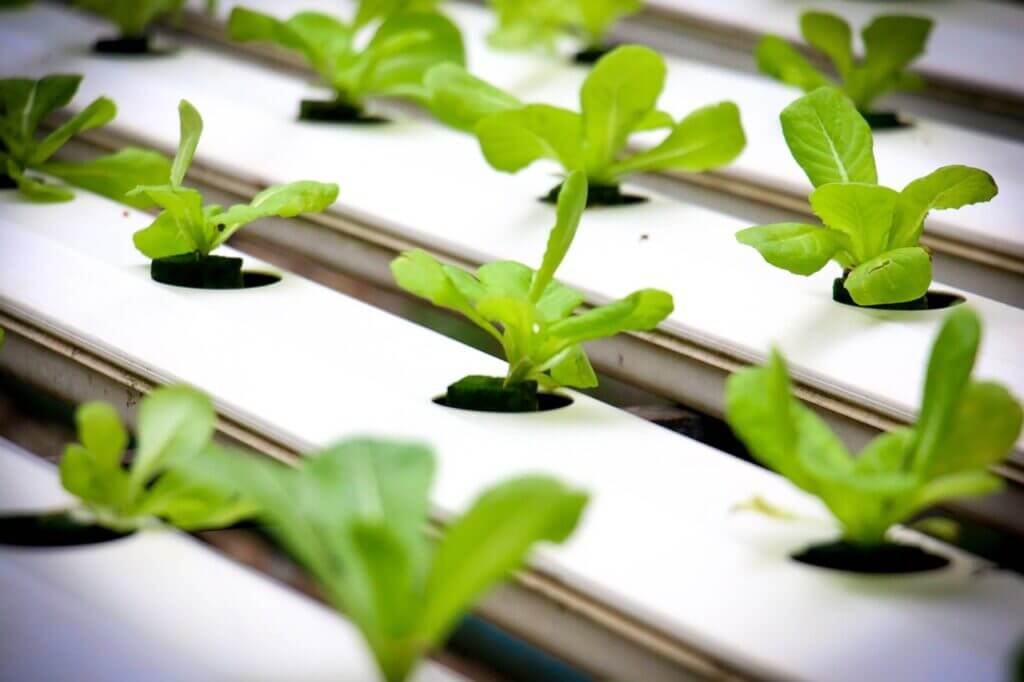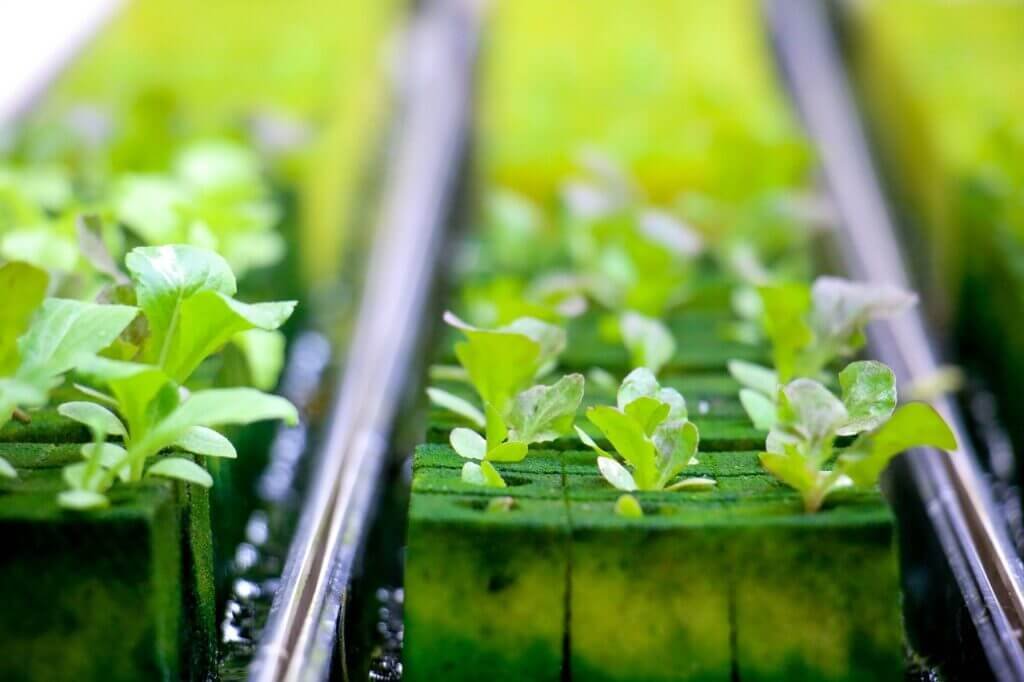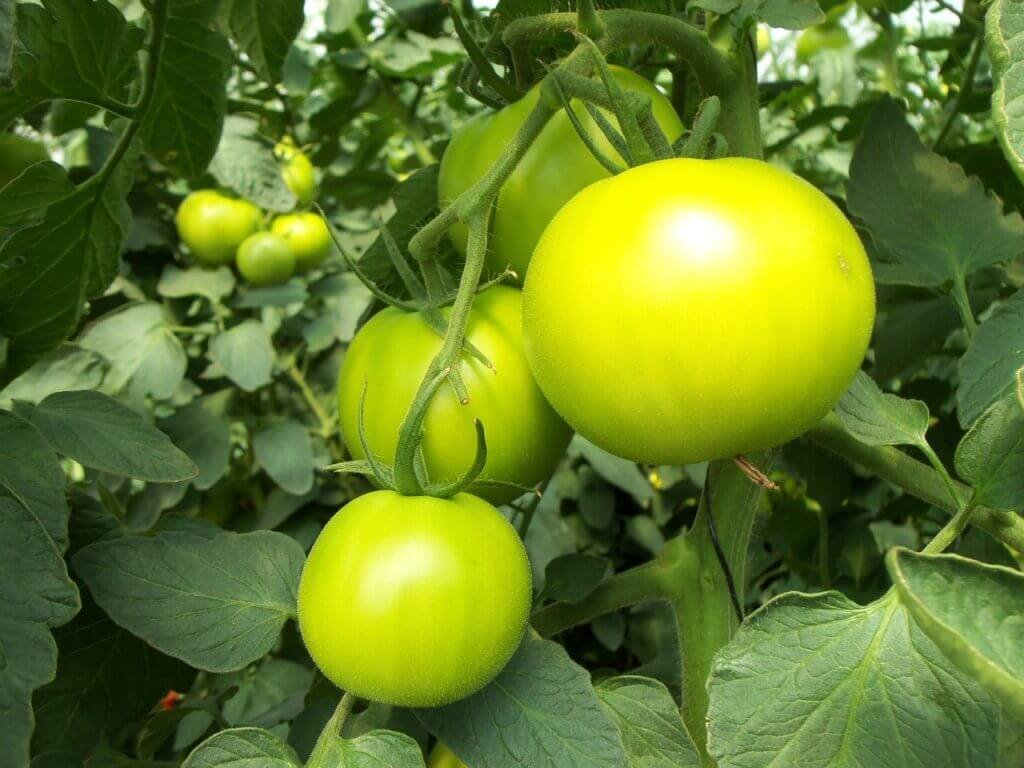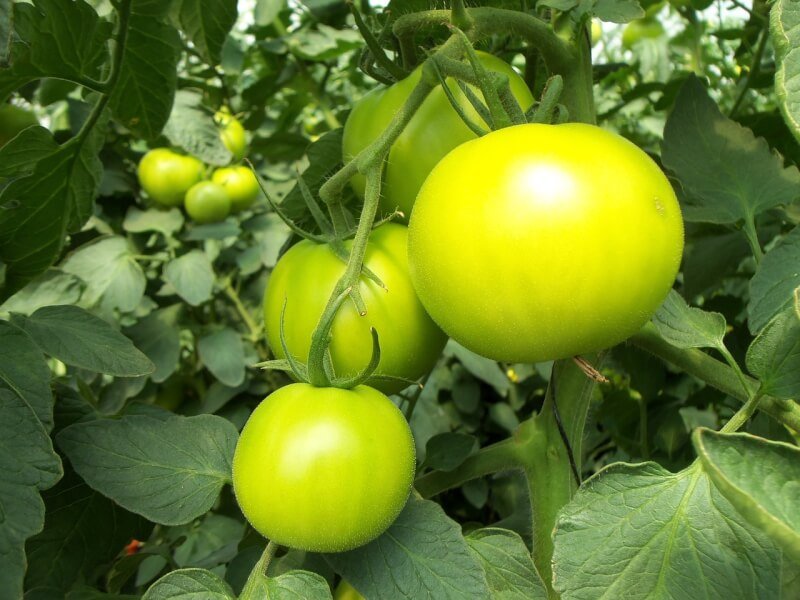If you’ve been thinking about starting your own hydroponic system but don’t have a backyard or garden space, fear not! Your balcony can serve as the perfect spot for growing your own fresh produce. This article explores the various options available for creating a hydroponic system on a balcony, from vertical towers to hanging baskets. With a little creativity and some basic materials, you can turn your balcony into a thriving mini-garden that will not only provide you with fresh, organic greens but also add a touch of greenery to your urban living space. So, let’s explore the exciting world of balcony hydroponics and get ready to grow!

Container Options
Vertical gardens
Vertical gardens are a popular option for creating a hydroponic system on a balcony. As the name suggests, these gardens are designed to utilize vertical space, allowing you to grow a variety of plants without taking up much floor space. Vertical gardens typically consist of a series of stacked planters or modules that can be easily attached to a wall or railing. This allows you to maximize your growing area while adding a touch of greenery to your balcony.
Gutters and downspouts
Another option for creating a hydroponic system on a balcony is to use gutters and downspouts. These can be repurposed to act as channels for your nutrient solution. By attaching gutters or downspouts to the railing or wall of your balcony, you can create a system that allows the nutrient-rich water to flow through the plants, providing them with the necessary nutrients. This method is particularly effective for growing plants that have shallow root systems, such as herbs or leafy greens.
Stacked planters
Stacked planters are a versatile and practical option for balcony hydroponic systems. These planters are designed to be stacked on top of each other, allowing you to create a tower of plants. This not only maximizes your growing area but also helps create an eye-catching display on your balcony. Stacked planters can be made from a variety of materials, including plastic, terracotta, or even recycled materials like old buckets or tires. They are easy to maintain and provide excellent drainage, making them suitable for a range of plants.
Lighting Solutions
Natural sunlight
One of the most cost-effective and accessible lighting solutions for a balcony hydroponic system is natural sunlight. Sunlight provides plants with the full spectrum of light they need for photosynthesis, making it an ideal choice for growing a wide variety of plants. When setting up your hydroponic system on a balcony, it’s important to consider the direction of sunlight and ensure that your plants receive enough light throughout the day. Positioning your system in a location with ample sunlight exposure will help optimize the growth and productivity of your plants.
Artificial lighting solutions
If your balcony doesn’t receive sufficient sunlight or if you want to extend your growing season, artificial lighting solutions can be used to supplement or replace natural sunlight. LED grow lights, fluorescent lights, or high-pressure sodium lights are commonly used in hydroponics systems to provide the necessary light spectrum and intensity for plant growth. These lights can be installed above the plants to provide the required amount of light, and their height can be adjusted as the plants grow. Artificial lighting allows you to have more control over the growing conditions and can help you achieve optimal growth even in environments with limited natural sunlight.

Watering and Nutrient Delivery
Drip irrigation systems
Drip irrigation systems are a popular choice for watering and nutrient delivery in hydroponic systems. This system involves a network of tubes with small drippers that deliver a controlled amount of water and nutrients to each plant. The drip irrigation system can be easily set up in a balcony hydroponic system by connecting the tubes to a reservoir or water source. This method allows for precise water and nutrient delivery, minimizing waste and ensuring that the plants receive the required amount of moisture and nutrients.
Flood and drain systems
Flood and drain systems, also known as ebb and flow systems, are another option for watering and nutrient delivery in hydroponic systems. This system involves periodically flooding the growing medium with a nutrient solution and then draining it away. The flood and drain system can be set up in a balcony hydroponic system using trays or containers with drain holes, a water pump, and a timer. The timer controls the flooding and draining cycles, ensuring that the plants receive enough water and nutrients while preventing overwatering.
Aeroponic systems
Aeroponic systems, though less commonly used in balcony hydroponic systems, are a high-tech and efficient option for watering and nutrient delivery. In an aeroponic system, plant roots are suspended in the air and misted with a nutrient-rich solution. This method allows for maximum oxygenation of the roots, promoting fast and healthy growth. Setting up an aeroponic system on a balcony requires specialized equipment, including misters, pumps, and timers. While aeroponic systems may require more maintenance and monitoring, they offer excellent results in terms of plant growth and nutrient efficiency.
Medium Options
Rockwool
Rockwool is a popular medium choice for hydroponic systems due to its excellent water retention and aeration properties. It is made from molten rock spun into fibers, creating a lightweight and porous material that holds moisture while allowing for good airflow. Rockwool cubes or slabs can be used to anchor the plants and provide them with a stable growing environment. Its neutral pH and sterile nature make it suitable for a wide range of hydroponic crops.
Expanded clay pellets
Expanded clay pellets, also known as hydroton or clay pebbles, are another commonly used medium in hydroponic systems. These lightweight and porous pellets provide excellent drainage and aeration, promoting healthy root growth. Expanded clay pellets do not retain much moisture, which helps prevent overwatering and root rot. They are reusable and easy to clean, making them a cost-effective choice for a balcony hydroponic system.
Coconut coir
Coconut coir, derived from the fibrous husk of coconuts, is an organic and sustainable medium option for hydroponic systems. It has excellent water retention while still allowing for adequate drainage and root oxygenation. Coconut coir is often used in a compressed brick or block form and needs to be rehydrated before use. It has a slightly acidic pH, which may need to be adjusted depending on the plant’s requirements.
Perlite
Perlite is a lightweight and porous volcanic mineral that is commonly used as a hydroponic medium. It provides good drainage, aeration, and root support while retaining some moisture. Perlite particles are white and have a unique appearance. However, they may float if not properly submerged in the nutrient solution. Perlite is a sterile medium that helps prevent the growth of harmful pathogens.
Vermiculite
Vermiculite is another mineral-based medium used in hydroponic systems. It is lightweight, retains water well, and has good nutrient retention properties. Vermiculite helps provide a stable and supportive growing medium for plants. However, it does not offer as much aeration as other media options, so it is often used in combination with other materials such as perlite or coconut coir to improve drainage and oxygenation.

Plant Selection
Herbs
Growing herbs in a balcony hydroponic system is a popular choice due to their compact size and high culinary value. Herbs like basil, mint, parsley, and coriander thrive in hydroponic systems and can be easily harvested for use in various dishes. Their aromatic leaves add a fresh and flavorful touch to any recipe. Balcony hydroponic systems allow you to have a wide variety of herbs at your fingertips throughout the year.
Leafy greens
Leafy greens such as lettuce, spinach, kale, and Swiss chard are well-suited for balcony hydroponic systems. These fast-growing plants can be harvested at various stages of growth, allowing for a continuous supply of fresh and nutritious greens. Leafy greens are packed with vitamins and minerals and are an excellent choice for salads, sandwiches, and smoothies. Growing them in a hydroponic system ensures optimal growth and prevents pest and disease issues often associated with soil-grown greens.
Tomatoes
Tomatoes are a popular choice for hydroponic gardening, and they can thrive on a balcony as well. With proper support and training, tomato plants can grow vertically, making them suitable for vertical gardens or trellises. Hydroponically grown tomatoes tend to produce higher yields and have a longer growing season compared to traditional soil-grown plants. Enjoy the taste of vine-ripened tomatoes straight from your own balcony.
Peppers
Growing peppers in a balcony hydroponic system allows you to enjoy a range of flavorful and spicy peppers right at your doorstep. Peppers, whether sweet or hot, thrive in hydroponic environments and are relatively low maintenance. From bell peppers to jalapenos and habaneros, you can grow a variety of peppers to add a kick to your favorite recipes. Balcony hydroponics allow for easy access to fresh and vibrant peppers throughout the year.
Strawberries
Growing strawberries in a hydroponic system on your balcony is not only fun but also rewarding. Strawberries are well-suited for vertical gardens or stacked planters, as their trailing growth habit allows them to dangle gracefully from elevated containers. Hydroponically grown strawberries often produce larger fruits and have a longer harvest season compared to their soil-grown counterparts. Enjoy the sweet taste of freshly picked strawberries from the comfort of your balcony.
Climate Control
Shade cloth
In hot and sunny climates, shade cloth can be used to provide protection to your balcony hydroponic system. Shade cloth reduces the intensity of sunlight and helps prevent plants from getting scorched or overheated. It also provides a cooler environment for delicate herbs, leafy greens, or plants that prefer partial shade. Shade cloth comes in various densities, allowing you to choose the level of shading required for your balcony hydroponic system.
Mini-greenhouse
A mini-greenhouse is an effective way to create a controlled environment for your balcony hydroponic system. It helps regulate temperature, humidity, and airflow, protecting your plants from extreme weather conditions and pests. Mini-greenhouses are available in various sizes and designs, including freestanding structures or smaller enclosures that can be placed on a tabletop or hung from the balcony railing. They provide a protected space for your plants to thrive and can extend your growing season.
Misting system
In hot and dry climates, a misting system can help maintain the ideal humidity levels for your balcony hydroponic system. Misting systems spray fine droplets of water into the air, cooling down the surrounding environment and increasing humidity. This is especially beneficial for plants that require higher humidity levels, such as tropical herbs or orchids. Misting systems can be set on timers or manually controlled to provide intermittent misting throughout the day.
Fans
Fans play a crucial role in maintaining airflow and preventing stagnant air in your balcony hydroponic system. They help cool down the plants, strengthen their stems, and prevent the growth of mold or fungal diseases. Fans can be strategically placed to provide gentle airflow across the plants, ensuring good ventilation and preventing the buildup of excess heat or humidity. Choose fans with adjustable speeds to customize the airflow according to your plants’ needs.
Pest and Disease Management
Biological controls
Biological controls involve the use of beneficial insects or organisms to manage pests in a balcony hydroponic system. Ladybugs, lacewings, and predatory mites are examples of beneficial insects that can help control common pests such as aphids, spider mites, or whiteflies. Introducing these natural predators to your balcony hydroponic system can help maintain a healthy balance and minimize the need for chemical pesticides. Ensure that you properly research and source the appropriate beneficial insects for your specific pest problems.
Integrated Pest Management (IPM)
Integrated Pest Management (IPM) is a holistic approach to pest management that combines various strategies to prevent and control pests in a sustainable and environmentally friendly manner. This approach focuses on monitoring and identifying pests, implementing cultural practices to reduce pest pressure, using biological controls, and only resorting to chemical controls as a last resort. Practicing IPM in your balcony hydroponic system helps minimize the risk of pest outbreaks and promotes the overall health of your plants.
Neem oil
Neem oil is a natural and effective solution for managing common pests in a balcony hydroponic system. Extracted from the neem tree, neem oil acts as an insecticide, fungicide, and miticide. It is safe to use and does not harm beneficial insects or pollinators. Neem oil can be sprayed onto the plants to control pests such as aphids, mealybugs, or powdery mildew. Regular applications help prevent pest infestations and keep your plants healthy.
Insecticidal soap
Insecticidal soap is another natural and safe option for controlling pests in a balcony hydroponic system. It is made from potassium salts of fatty acids and works by suffocating pests on contact. Insecticidal soap is effective against soft-bodied insects like aphids, thrips, or whiteflies. It can be sprayed directly onto the pests or onto the affected plant parts. Regular use of insecticidal soap helps keep pest populations in check without causing harm to beneficial insects or the environment.
Maintenance and Monitoring
pH and nutrient level testing
Regular monitoring of pH and nutrient levels is essential for maintaining the health and productivity of your balcony hydroponic system. pH levels affect nutrient availability to the plants, and imbalances can lead to nutrient deficiencies or toxicities. Using a pH meter or pH test kit, you can regularly test the pH of the nutrient solution and make adjustments accordingly. Similarly, monitoring nutrient levels using an electrical conductivity (EC) meter allows you to ensure that your plants are receiving the right amount of essential nutrients.
Pruning and trimming
Pruning and trimming are vital maintenance tasks in a balcony hydroponic system. Regularly removing dead or damaged leaves, as well as excessive growth, helps promote air circulation and prevents the spread of diseases. Pruning also encourages branching and improves the overall shape and appearance of the plants. Use clean and sharp pruning shears to avoid damaging the plants, and regularly sanitize the tools to prevent the transmission of pests or diseases.
Cleaning and sterilization
Keeping your balcony hydroponic system clean and free from debris is essential for preventing the buildup of pests, pathogens, or algae. Regularly clean and disinfect the containers, trays, and equipment to maintain a hygienic growing environment. Use a mild detergent or hydrogen peroxide solution to scrub away any residue or buildup. Rinse thoroughly to remove any cleaning agents. When starting a new growing season or introducing new plants, it is especially important to sterilize the system to prevent the transmission of diseases or pests from previous crops.
Harvesting and Consumption
Harvesting techniques
The harvesting techniques for your balcony hydroponic system will depend on the specific crops you are growing. For leafy greens and herbs, you can harvest the outer leaves or individual leaves as needed, allowing the inner leaves to continue growing. This ensures a continuous supply of fresh greens. Tomatoes, peppers, and strawberries can be harvested when they reach their desired maturity and color. Use sharp scissors or pruners to avoid damaging the plants and gently remove the fruits without pulling or twisting.
Storing and preserving
To maintain the freshness and flavor of your harvested produce, proper storage and preservation techniques are important. Leafy greens and herbs should be washed and dried thoroughly before storing in airtight containers or plastic bags in the refrigerator. Tomatoes, peppers, and strawberries should be stored at room temperature to maintain their taste and texture. If you have an excess harvest, consider preserving them by freezing, canning, or dehydrating to enjoy your homegrown produce throughout the year.
Cooking and eating
Once you have harvested and stored your homegrown produce, it’s time to enjoy the fruits of your labor. Incorporate fresh herbs and leafy greens into salads, soups, stir-fries, or smoothies to add a burst of flavor and nutrition. Tomatoes and peppers can be used in a variety of dishes, from salsas and sauces to sandwiches and roasted vegetables. Strawberries can be enjoyed as a sweet and juicy snack or used in desserts such as pies, cakes, or homemade jams. Experiment with different recipes and savor the taste of your own balcony-grown produce.
Cost and Budget Considerations
Initial investment
Setting up a hydroponic system on your balcony requires an initial investment in equipment, materials, and supplies. The costs will vary depending on the size and complexity of your system, as well as the quality of the components you choose. Essential items include containers, lighting fixtures, growing medium, nutrient solutions, pumps, timers, and pH testing kits. Consider your budget and research different options to find the most suitable and cost-effective components for your balcony hydroponic system.
Operational costs
In addition to the initial investment, there are ongoing operational costs associated with maintaining a balcony hydroponic system. These costs include electricity for lighting fixtures and pumps, the expense of purchasing nutrient solutions, and the occasional replacement or maintenance of equipment. However, operational costs are typically lower than those of traditional soil-based gardening, as hydroponic systems require less water, fertilizer, and pest control products.
ROI and payback period
While there are upfront costs and ongoing operational expenses, a balcony hydroponic system can provide a return on investment (ROI) in various ways. By growing your own fresh produce, you can save money on store-bought fruits, herbs, and vegetables. Additionally, the lifespan of the equipment, such as lighting fixtures or pumps, can extend over multiple growing seasons, further reducing long-term costs. The exact payback period will depend on factors such as the initial investment, operational costs, and the value of the produce grown. However, the satisfaction and enjoyment derived from growing your own food make the ROI of a balcony hydroponic system priceless.


